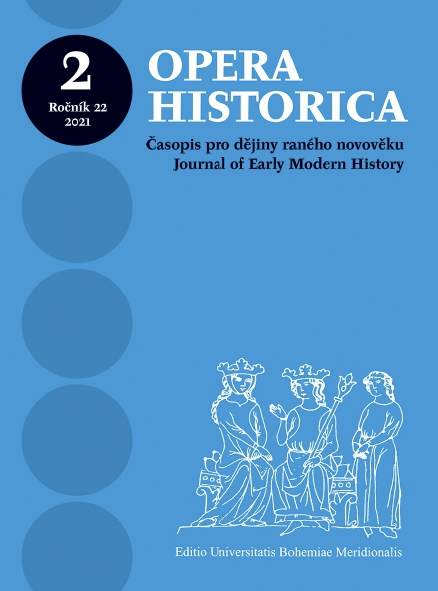První církevní koncepty pobělohorské rekatolizace v Čechách a na Moravě (1620–1622)
The first ecclesiastical concepts of post-White Mountain re-Catholicization in Bohemia and Moravia (1620–1622)
Vision, realization, comparison
Author(s): Tomáš ČernušákSubject(s): Cultural history, Political history, Gender history, 16th Century
Published by: Jihočeská univerzita v Českých Budějovicích
Keywords: recatholicization; Catholic Church; Carlo Caraffa; Jan Lohelius; Wilhelm Lamormaini; Bohemian Lands; Franz von Dietrichstein
Summary/Abstract: The Battle of White Mountain paved the way for extensive changes in the Bohemian Lands, of which re-Catholicization was also an important part. The oldest concepts that defined the priorities of religious transformation were created in the years 1620– 1622 for the Kingdom of Bohemia. Their authors were important representatives of the church – Archbishop Jan Lohelius, the papal nuncio Carlo Caraffa, and the Jesuit Wilhelm Lamormaini. The proposals of these officials were based on previous experience of the religious situation in Bohemia and of the plans that had been developed there since the 1580s. However, the actual implementation of individual plans usually encountered limitations arising from the current political situation or the interests of other individuals or groups. Thus only part of them was realized, and only after complex negotiations. In Moravia, which was still significantly threatened in 1621 by the insurgents Gabor Bethlen and Jan Jiří Krnovský, we do not have any similar documents, with the exception of Cardinal Dietrichstein’s proposal. More intensive and systematic steps were therefore taken here with a slight delay compared to Bohemia, and primarily related to the newly baptized.
Journal: Opera Historica
- Issue Year: 22/2021
- Issue No: 2
- Page Range: 237-255
- Page Count: 19
- Language: Czech

